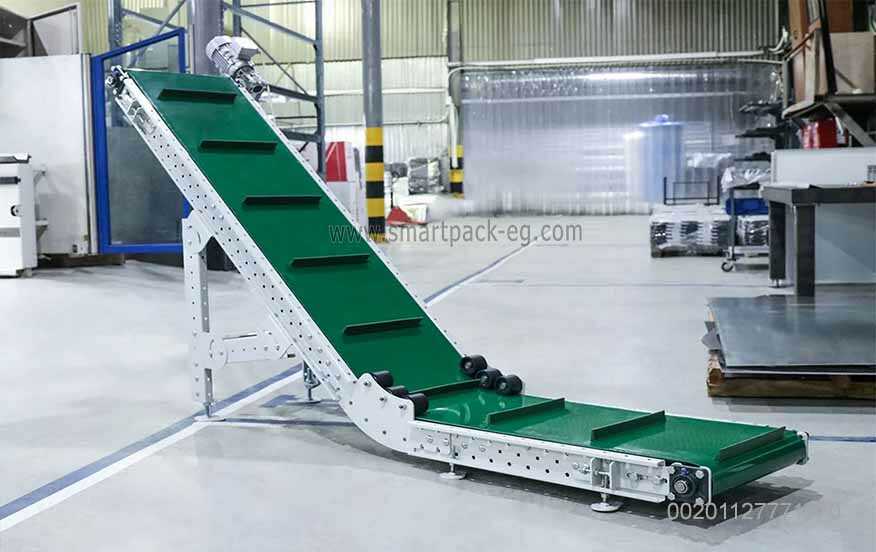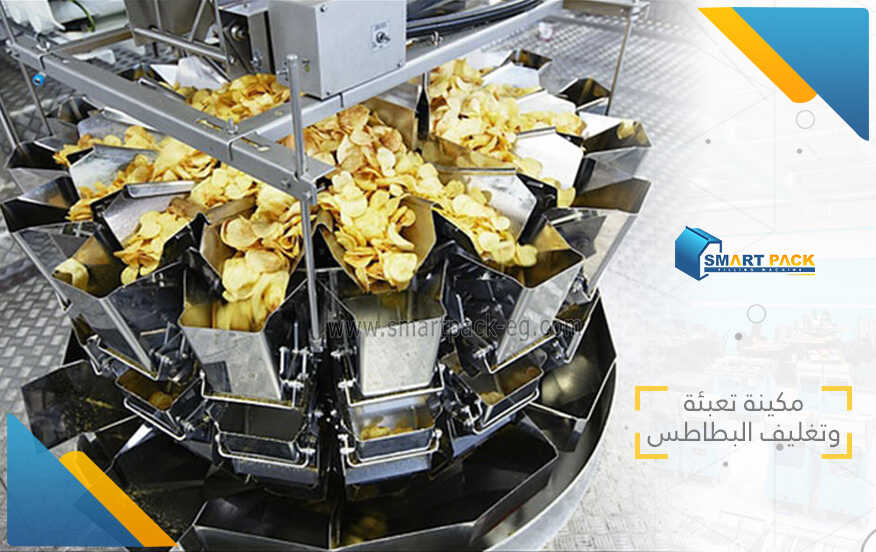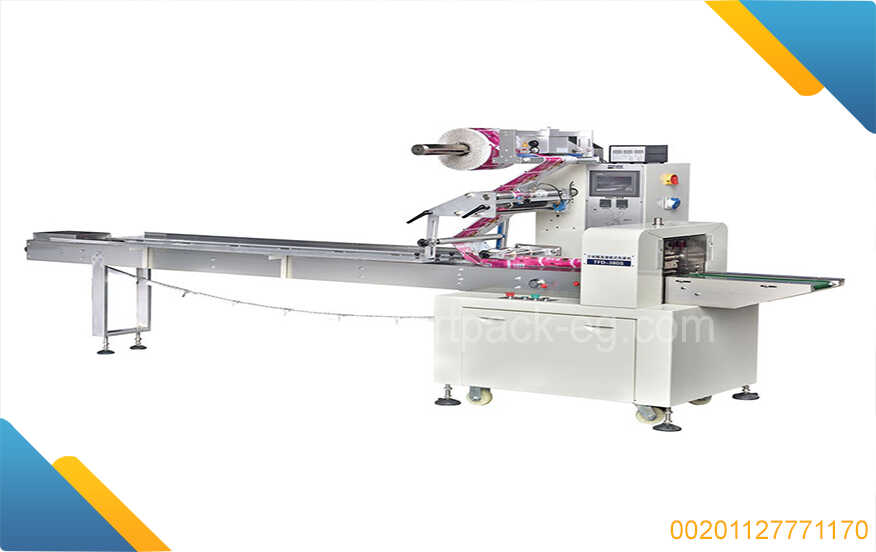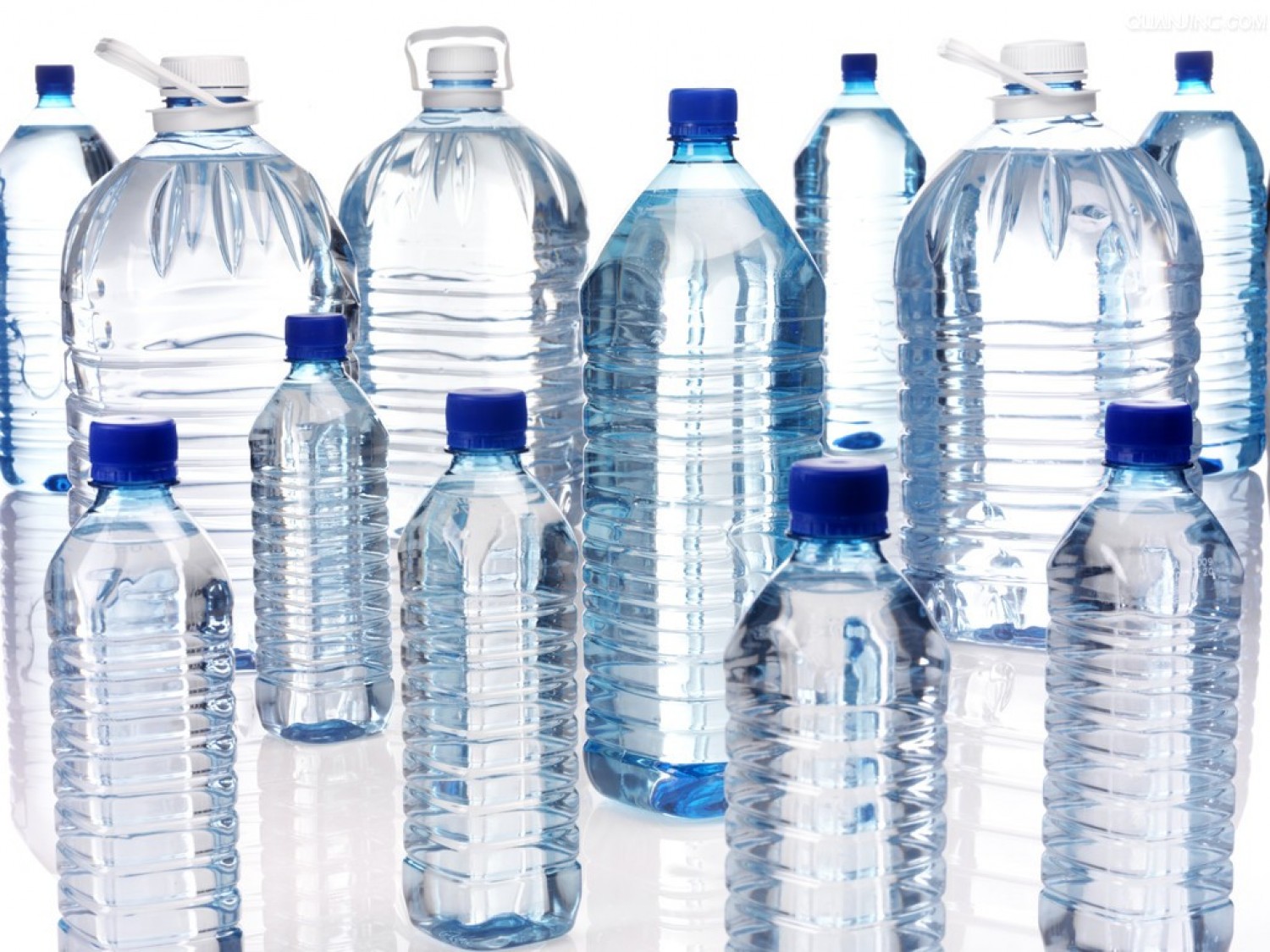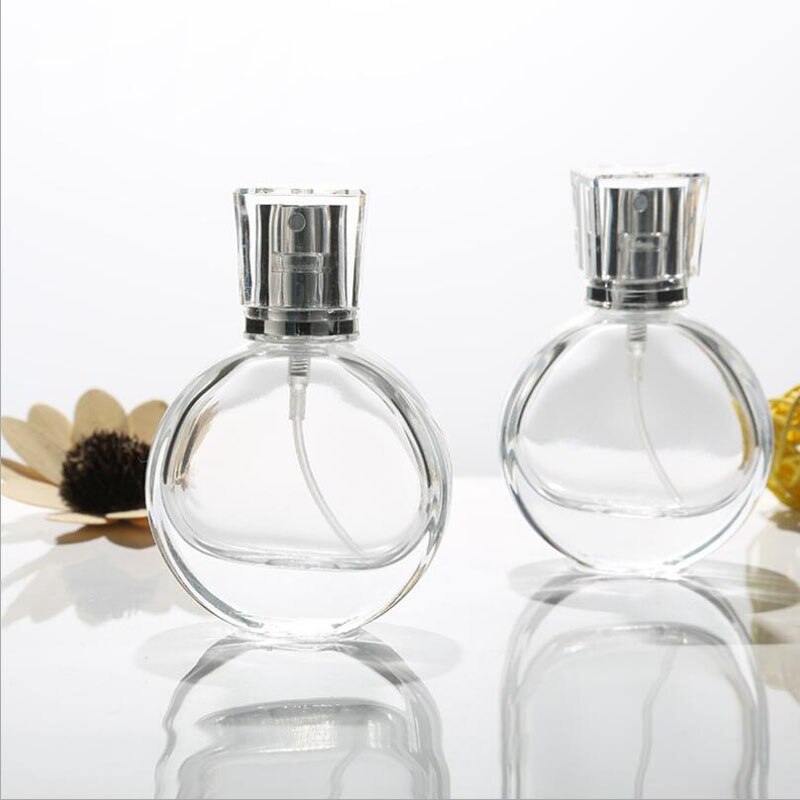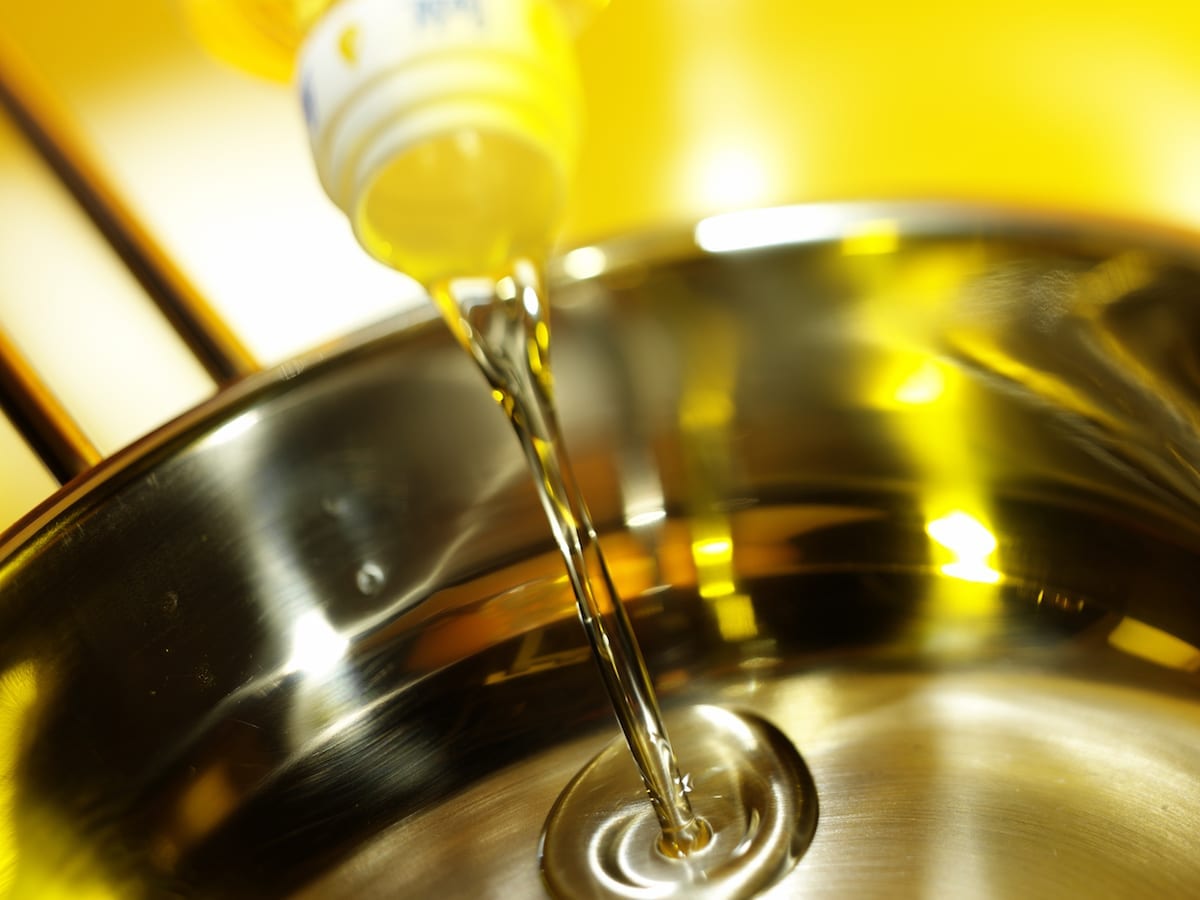How To Guide: Important Instructions for Disinfecting Floors and Surfaces
As we all strive to maintain clean and hygienic environments, disinfecting floors and surfaces plays a crucial role in preventing the spread of harmful pathogens. Whether it's your home, workplace, or public spaces, following proper instructions for disinfection is essential. To help you in this endeavor, here are some important instructions to ensure effective disinfection:
-
Wear Protective Gear:
- Wear disposable gloves: Before you start disinfecting, put on disposable gloves to protect your skin from direct contact with chemicals.
- Wear a face mask: Additional protection in the form of a face mask can help prevent inhalation of harmful particles.
-
Choose the Right Disinfectant:
- Look for EPA-approved disinfectants: Use disinfectants that are registered by the Environmental Protection Agency (EPA) for effectiveness against specific pathogens.
- Read and follow product labels: Pay close attention to product instructions, recommended contact time, and any precautions to ensure safe and effective use.
-
Prepare the Surface:
- Remove visible debris and dirt: Clear the surface of any loose dirt or debris before applying the disinfectant.
- Pre-clean heavily soiled areas: For high-traffic or heavily soiled areas, consider pre-cleaning with a suitable detergent to enhance disinfection efficacy.
- Test compatibility: Check if the disinfectant is suitable for the surface type by performing a spot test on an inconspicuous area.
-
Apply the Disinfectant:
- Spray or wipe method: Use a spray bottle or clean cloth to evenly apply the disinfectant solution to surfaces.
- Cover the entire surface: Ensure thorough coverage by applying enough disinfectant to keep the surface visibly wet for the recommended contact time.
- Pay attention to high-touch areas: Concentrate on frequently touched surfaces, such as doorknobs, light switches, countertops, and handles.
-
Follow Contact Time:
- Observe the recommended contact time: The disinfectant needs sufficient contact time to work effectively. Check the product label for the specific duration required, as it may vary for different pathogens.
- Do not wipe prematurely: Avoid wiping or touching the surface before the recommended contact time, as it may reduce the effectiveness of disinfection.
-
Ventilation and Safety:
- Ensure good air circulation: Open windows or use fans to improve ventilation during and after disinfection.
- Dispose of contaminated materials properly: Safely dispose of gloves, wipes, or any other disposable items used during the process.
-
Frequency of Disinfection:
- Establish a regular schedule: Depending on the intensity of use and potential exposure, establish a routine cleaning and disinfection schedule to maintain a safe environment.
- Prioritize high-traffic areas: Areas frequently touched by multiple individuals should be disinfected more frequently.
Remember, while disinfecting is essential, it is not a substitute for regular cleaning. Make sure to clean surfaces with soap and water before disinfection to remove any dirt or grime that may reduce the effectiveness of your chosen disinfectant.
By following these instructions for disinfecting floors and surfaces, you can help ensure a hygienic environment and protect yourself and others from harmful pathogens. Stay safe and healthy!

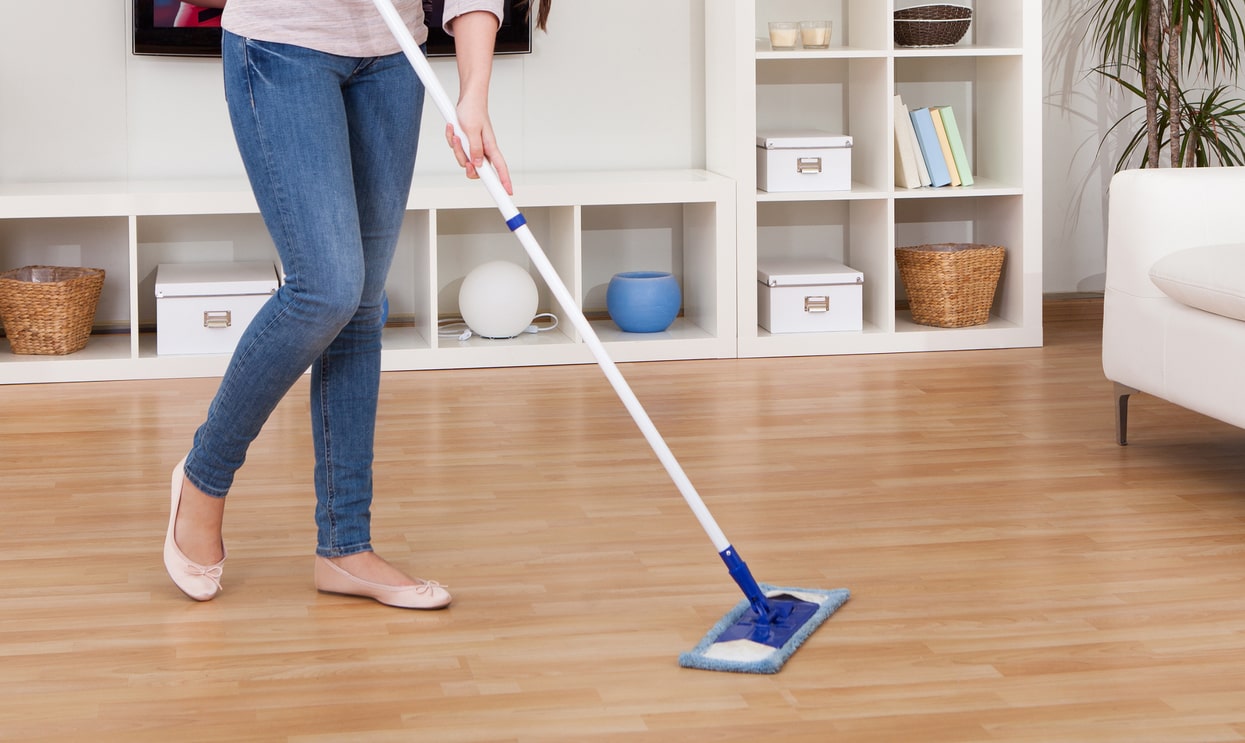
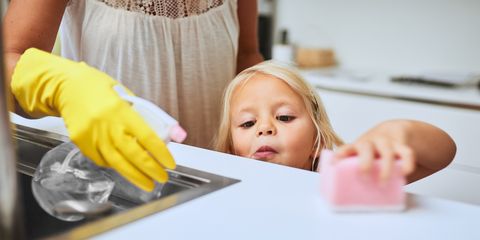
 Admin
Admin 